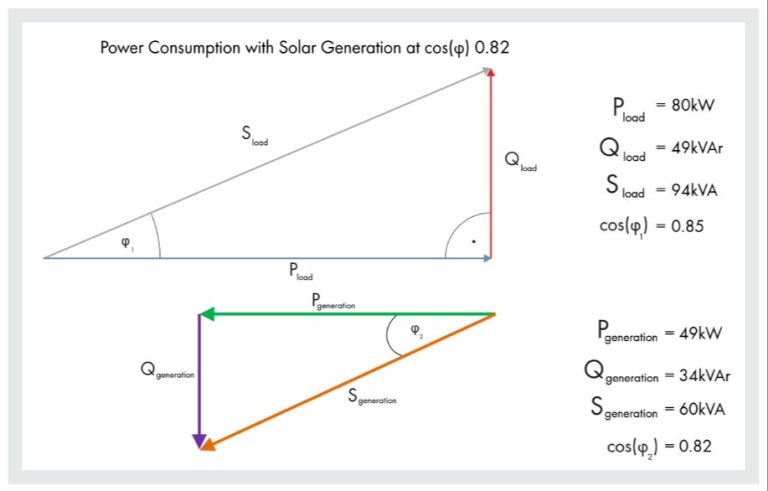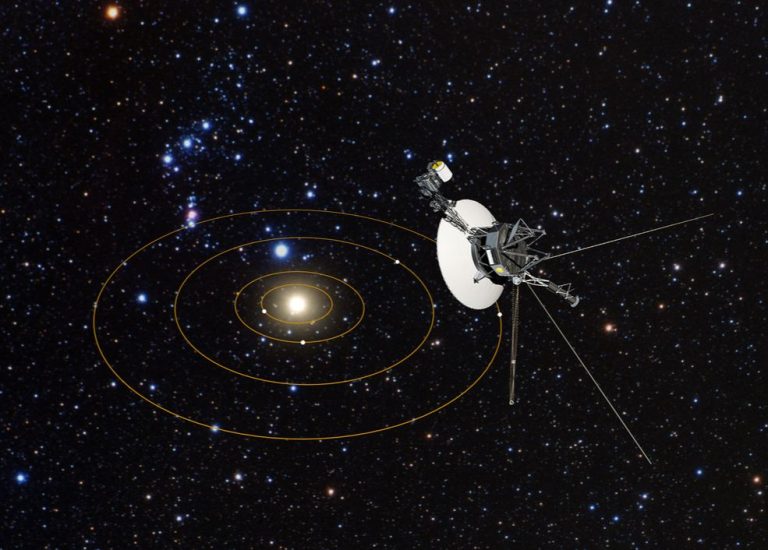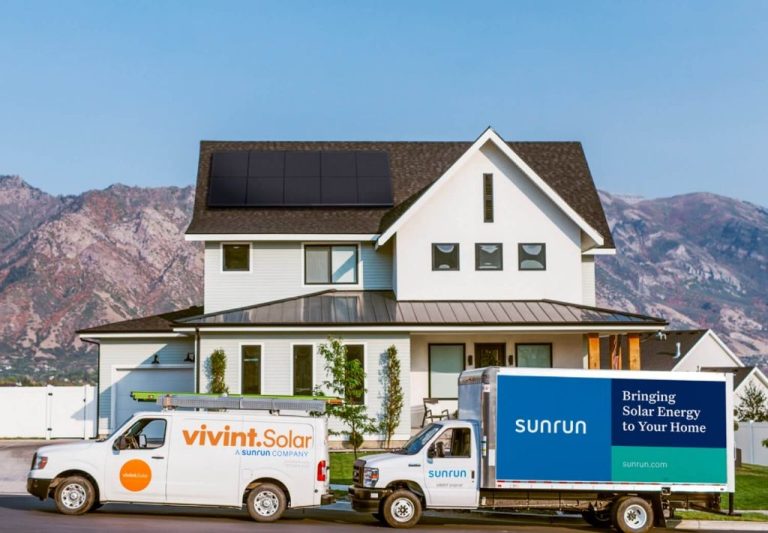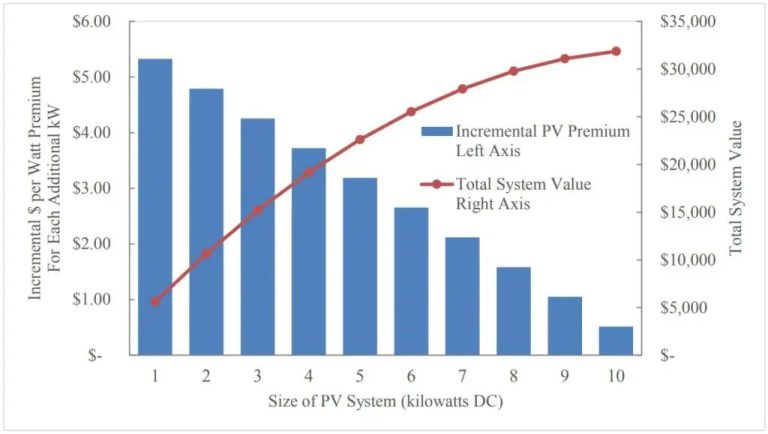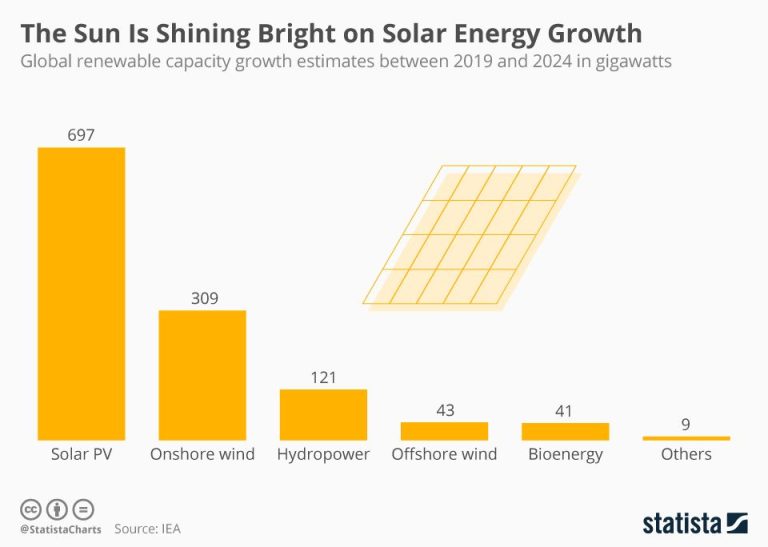Solar Energy Vs. Kinetic Energy: Understanding The Differences
With the rising need for clean, renewable energy sources, many people are interested in understanding the differences between solar energy and kinetic energy. Both are considered ‘green’ forms of producing electricity with minimal environmental impact. However, they utilize very different mechanisms for generating power.
This article provides an overview and comparison of solar and kinetic energy in terms of their sources, efficiency, costs, applications, advantages, disadvantages, and overall environmental benefits. The goal is to give readers a clear understanding of how these two renewable energy technologies work so they can make informed decisions about supporting and implementing them.
Definitions
Solar energy is the radiant light and heat from the Sun that is harnessed using a range of ever-evolving technologies such as solar heating, solar photovoltaics, solar thermal energy, solar architecture, molten salt power plants, and artificial photosynthesis. It is an essential source of renewable energy. Some of the solar energy technologies harness the energy directly into electricity using photovoltaics, while others use indirect methods to capture and store the energy.
Kinetic energy is the energy of motion that an object or particle has due to its motion. The keywords are energy and motion. Kinetic energy is directly proportional to the mass of the object and to the square of its velocity. The faster an object moves, the more kinetic energy it possesses. For non-rotating rigid bodies, the kinetic energy is calculated as half the product of the mass and the square of the speed. Many objects draw energy from their kinetic energy to operate, and any object with momentum has kinetic energy.
Sources
Solar energy comes directly from the sun in the form of radiation. The sun produces energy through a process called nuclear fusion, where hydrogen atoms fuse together under extreme heat and pressure to form helium. This fusion process releases energy in the form of electromagnetic radiation, which travels the 93 million miles from the sun to Earth in the form of solar energy.
Kinetic energy is energy possessed by an object in motion. This motion can come from a variety of sources. For example, the motion of wind is generated by the uneven heating of the Earth’s surface by the sun. As warm air rises, cooler air rushes in to take its place, creating wind currents. Kinetic energy can also come from the flow of water in rivers from mountain snowmelt or rainfall. Other sources include ocean waves, which are generated by wind, or human activities like vehicles in motion.
So in summary, solar energy originates directly from the nuclear fusion processes within the sun, while kinetic energy is produced by the motion of objects, which can come from natural sources like wind and water or human activities.
Efficiency
When comparing solar and kinetic energy, it’s important to look at how efficiently each can convert their source into usable electricity. Solar panels typically have efficiencies around 15-20%, meaning they can convert that percentage of sunlight into electricity. However, scientists are continuously working to improve solar cell technology, with some experimental cells now able to reach over 40% efficiency.
Kinetic energy harvesting like piezoelectric materials have varying efficiencies based on the design and materials used. Piezoelectric materials can range anywhere from 10-90% efficient at converting mechanical stress or vibration into electricity. More advanced regenerative braking systems that capture kinetic energy in electric vehicles are approximately 60-70% efficient.
Overall, solar energy conversion tends to be moderately efficient, with continuing improvements being made. Kinetic energy conversion has a wider range of efficiencies depending on the specific technology and application being used. Theoretically, kinetic harvesting could achieve higher efficiency in specialized applications.
Cost
When comparing solar and kinetic energy systems, cost is an important factor to consider. Here are some key differences in costs:
Solar power systems require a significant upfront investment. The cost of purchasing and installing solar panels, inverters, batteries, and other system components can range from $10,000-$30,000 for a small residential system. Larger commercial systems can cost over $1 million. However, solar panels have a lifespan of 20-30 years and very low maintenance costs. The fuel – sunlight – is free. So over the long term, the cost per kilowatt-hour of solar power can be very low.
Kinetic energy systems also require high upfront costs, especially for large scale installations like wind farms. A single industrial wind turbine can cost $1-2 million installed. However, smaller kinetic systems like mini wind turbines for homes cost $5,000-$25,000. The “fuel” – wind or moving water – is free but there are higher maintenance costs than solar due to mechanical wear and tear.
When weighing costs, both solar and kinetic systems offer long term savings versus traditional power sources. But kinetic systems tend to have lower upfront costs for smaller distributed setups. Large scale solar farms can produce cheaper wholesale power due to high efficiency and low maintenance.
Storage
One key difference between solar and kinetic energy is in their storage capabilities. Solar energy can be stored effectively using batteries. Excess solar energy generated during the day can be stored in batteries and discharged when needed at night. New battery storage technologies like lithium-ion batteries, flow batteries, and molten salt batteries have expanded solar energy storage capacities. In contrast, kinetic energy storage is more limited. Flywheels are commonly used to store kinetic energy, but they have restrictions on storage duration. Flywheels can only store energy for short durations before losing it to friction. For longer-term kinetic energy storage, options are restricted to pumped hydro storage which requires specific terrain and large water reservoirs.
Overall, solar energy has more flexibility in storage options with batteries of different types and scales. Kinetic energy storage is hampered by the physical limitations of flywheels for short-term storage and lack of site options for pumped hydro storage for long-term needs. The modular and scalable nature of solar battery storage gives it an advantage over kinetic energy storage.
Applications
Solar energy and kinetic energy have distinct real-world applications that demonstrate when each energy source is best utilized. Here are some examples:
-
Solar panels on rooftops, solar farms, and solar-powered devices like calculators and watches utilize solar energy to convert sunlight into electricity.
-
Kinetic energy is harnessed for hydroelectric power plants, where the motion of flowing water spins turbines to generate electricity.
-
Wind turbines use kinetic wind energy to turn blades that power generators and produce electricity.
-
Some kinetic wrist watches are powered by the movement of the wearer’s arm, demonstrating conversion of kinetic energy into electricity.
-
Regenerative braking systems in electric vehicles, like hybrid cars, capture kinetic energy when braking and convert it into electricity to recharge batteries.
These examples showcase how solar power is often used for renewable electricity generation, while kinetic energy powers mechanical processes and motion-driven technologies.
Advantages/Disadvantages
Both solar and kinetic energy have their own unique pros and cons. Here is a look at some of the key advantages and disadvantages of each:
Solar Energy
Advantages:
- Renewable – Solar energy comes from the sun which will continue shining for billions of years.
- Clean – Solar panels generate electricity without polluting the air or water.
- Reduces electricity bills – Solar panels can generate electricity to power your home and reduce dependence on the grid.
- Low maintenance – Solar panels are fairly low maintenance once installed.
Disadvantages:
- Expensive upfront costs – Purchasing and installing solar panels can be prohibitively expensive for some households.
- Dependent on sunlight – Solar panels do not work well on cloudy or stormy days.
- Space requirements – Solar panels take up a lot of roof space.
- Storage limitations – Storing excess solar energy for use when the sun isn’t shining remains difficult.
Kinetic Energy
Advantages:
- Simple technology – Kinetic energy systems have relatively simple components and mechanics.
- Versatile – Kinetic energy can be harvested from many sources of motion, like wind, water, or human movement.
- Constant supply – Kinetic energy can be continually produced as long as there is motion to capture.
- Easily scalable – Kinetic systems can be small or large-scale depending on the application.
Disadvantages:
- Intermittent – Kinetic energy depends on inconsistent factors like wind speeds.
- Location constraints – Sources of kinetic energy like wind and water are location dependent.
- Established infrastructure – Kinetic power often needs to integrate with existing electric grid infrastructure.
- Aesthetics – Wind turbines and hydroelectric dams often receive pushback for harming views and landscapes.
Environmental Impact
Solar energy and wind energy have very different environmental effects. Solar power is generally considered more environmentally friendly than most other energy sources. Solar panel systems generate clean, renewable electricity without emitting greenhouse gases or air pollutants. The main environmental concerns with solar power are land use and toxicity of some PV manufacturing processes. However, solar panel manufacturing is becoming cleaner over time and panels can often be installed on rooftops or unused lands. Overall, solar power has minimal negative environmental effects.
Wind turbines also do not emit greenhouse gases during operation. But wind farms can have negative local environmental impacts, such as bird and bat mortality, noise pollution, and aesthetic issues. Installing large wind turbines often requires clearing trees and leveling ground, which can disrupt habitats. However, with proper siting and management, these effects can be minimized. From a broader perspective, wind energy’s environmental benefits of offsetting fossil fuel emissions generally outweigh the local impacts.
In summary, solar and wind energy are both much more environmentally friendly than fossil fuels. Solar power has fewer concerning environmental impacts overall, though wind energy can also be quite sustainable with proper planning and siting. Both renewable sources are vital options for reducing greenhouse gas emissions and avoiding the significant environmental damage caused by continued reliance on fossil fuels.
Conclusion
In summary, there are several key differences between solar energy and kinetic energy. The most notable is their sources – solar energy comes from the sun’s radiation, while kinetic energy comes from motion. Solar energy is generally more efficient at converting energy and has become quite cost effective in recent years as technology improves. However, it suffers from intermittency issues and storage challenges. Kinetic energy can be continuously produced from motion and may be preferable for small, decentralized applications. Overall, solar energy has seen higher adoption rates globally due to its abundance and scalability. But kinetic energy can fill important niches, especially for portable and remote systems. When evaluating the two, factors like reliability, upfront costs, environmental benefits and the needs of the application should be considered to determine the optimal energy source.

